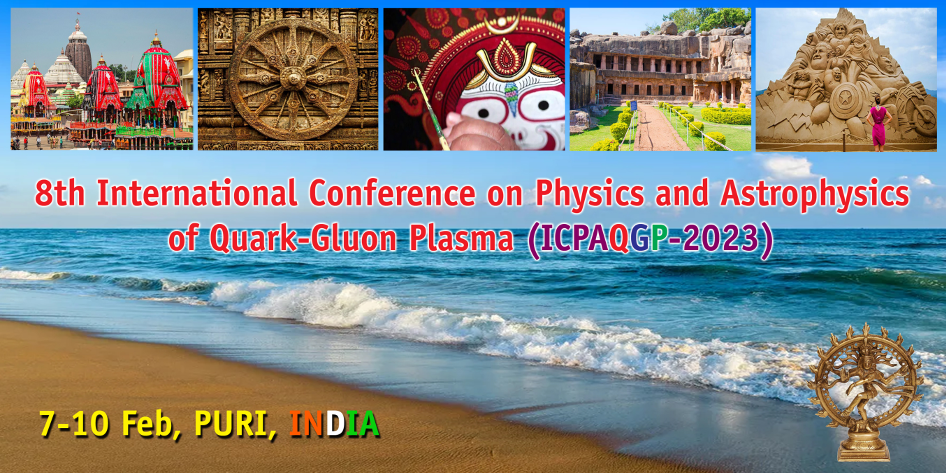Speaker
Description
The chiral imbalance along with the magnetic field produced during heavy-ion collisions may cause a charge separation in the magnetic field direction, a phenomenon known as the chiral magnetic effect (CME). Experiments conducted in the last decade to search for the CME in heavy-ion collisions have been inconclusive. The RHIC's isobar program was implemented in an effort to resolve this issue. In addition, a new technique for investigating the CME called the Sliding Dumbbell Method (SDM) [1] has been developed. This approach looks at each individual event to determine the back-to-back charge separation. The SDM facilitates the selection of events corresponding to various charge separations ($f_{DbCS}$) across the dumbbell. A partitioning of the charge separation distributions for each collision centrality into ten percentile bins is done in order to find potential CME-like events corresponding to the highest charge separation across the dumbbell.
In this contribution, the results based on CME sensitive $\gamma$-correlator ($\gamma = \langle \cos(\phi_a+\phi_b - 2\Psi_{RP}) \rangle$) will be discussed for each bin of $f_{DbCS}$ in each collision centrality for isobaric collisions (Ru+Ru and Zr+Zr) at $\sqrt{s_{\mathrm{NN}}} = 200$ GeV measured with the STAR detector. The background contribution due to statistical fluctuations is obtained by randomly shuffling the charges of the particles in a particular collision centrality. The correlated background is calculated for each $f_{DbCS}$ bin of charged shuffled events using their corresponding original events.
References
[1] J. Singh, A. Attri, and M. M. Aggarwal, Proceedings of the DAE Symp. on Nucl. Phys. 64, 830 (2019) "http://www.sympnp.org/proceedings/64/E66.pdf"

